The Kardashev scale ranks civilizations from Type 1 to Type 3 based on energy harvesting. Humanity isn’t even at Type 1, yet.
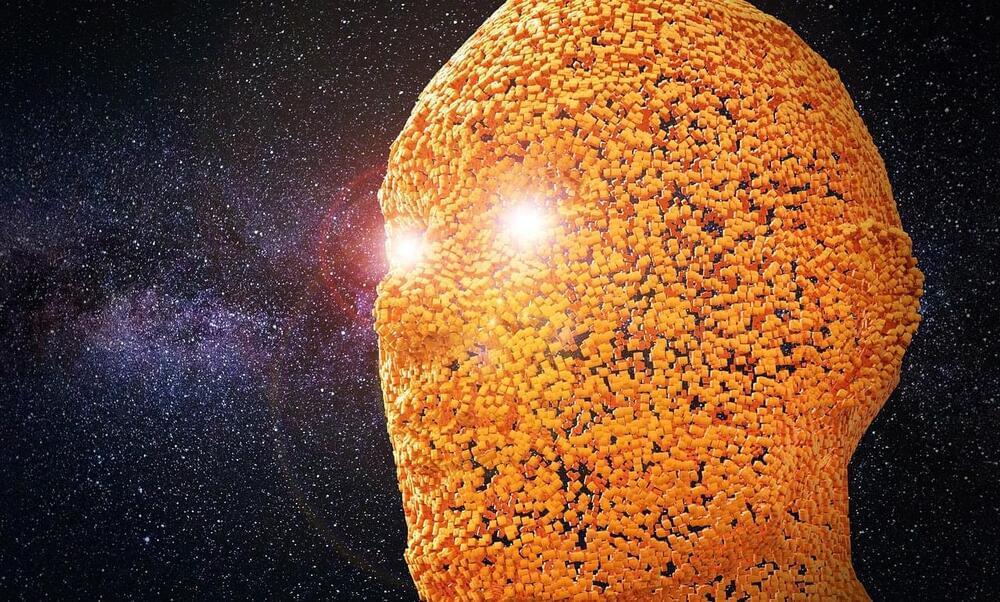

Perpetuum mobile of the past and the future seems to form the present in which the thought of thoughts is formed. Hidden meanings in the past that are often keys that unlooked the doors of the future. And a lot questions take us through worlds from which we want to imagine the probable and improbable answer like Dr. Robert Ford from Westworld…

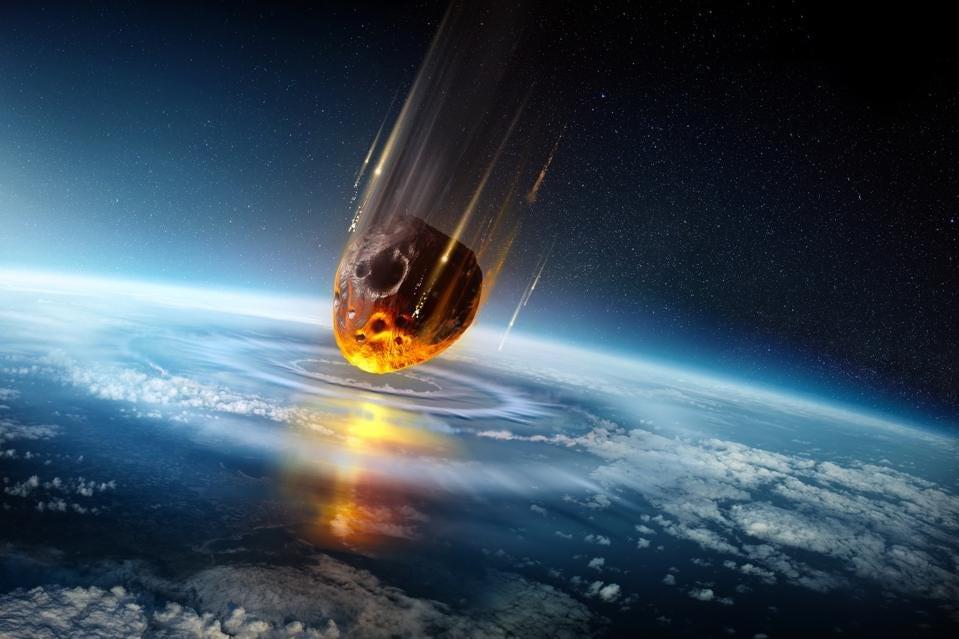
About 66 million years ago, a “planet killer” — a 10-kilometer-wide rocky asteroid — hit Earth. The Chicxulub impact caused a mass extinction on a planetary scale, killing off an estimated 76 percent of all species living on Earth at the time, including the dinosaurs. According to a study published by Philip Lubin and Alexander N. Cohen, both physicists at the University of California in Santa Barbara, there is a chance that humanity could survive such a similar impact happening in the near future.
There currently are about 1,200 asteroids on a publicly available asteroid risk list, but all are smaller than one kilometer. The probability of a Chicxulub sized asteroid (5 to 15 kilometers across) hitting Earth is once in a billion years — very low, but not impossible.
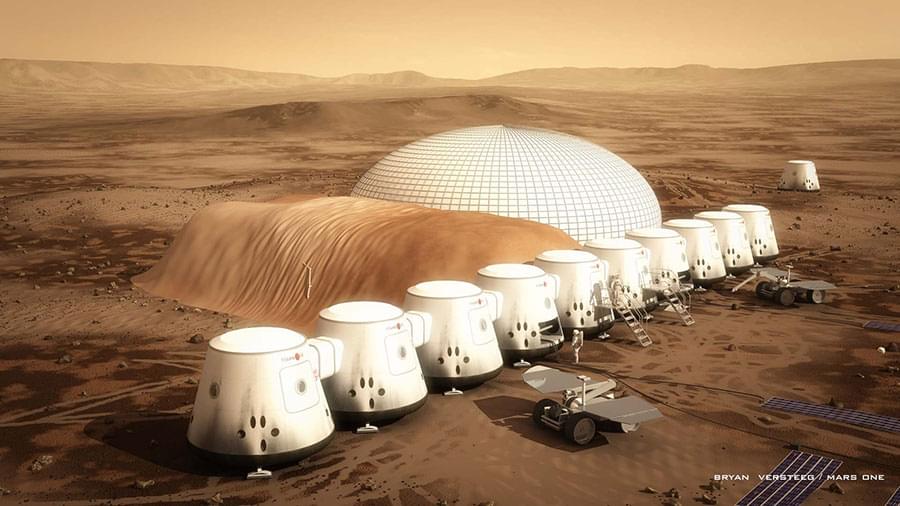
FeaturedRead our 3 books at https://lifeboat.com/ex/books.
The Lifeboat Foundation is a nonprofit nongovernmental organization dedicated to encouraging scientific advancements while helping humanity survive existential risks and possible misuse of increasingly powerful technologies, including genetic engineering, nanotechnology, and robotics/AI, as we move towards the Singularity.
Lifeboat Foundation is pursuing a variety of options, including helping to accelerate the development of technologies to defend humanity, such as new methods to combat viruses, effective nanotechnological defensive strategies, and even self-sustaining space colonies in case the other defensive strategies fail.
We believe that, in some situations, it might be feasible to relinquish technological capacity in the public interest (for example, we are against the U.S. government posting the recipe for the 1918 flu virus on the internet). We have some of the best minds on the planet working on programs to enable our survival. We invite you to join our cause!
Visit our site at https://lifeboat.com. Participate in our programs at https://lifeboat.com/ex/programs. Follow our Twitter feed at https://twitter.com/LifeboatHQ and our GETTR feed at https://gettr.com/user/LifeboatHQ. Watch our YouTube channel at https://youtube.com/lifeboathq. Read our blog at https://lifeboat.com/blog. Join our LinkedIn group at https://www.linkedin.com/groups/35656. Subscribe to our newsletter at https://lifeboat.com/newsletter.cgi.
Interact with the author of “The Human Race to the Future: What Could Happen—and What to Do” at https://www.facebook.com/groups/thehumanracetothefuture.
Over the last year home prices have skyrocketed (along with prices of almost everything else), leaving millions of people unable to afford to move or to change their housing situation. Mortgage lender Freddie Mac estimated last year that the US has a housing supply shortage of 3.8 million homes. It’s partly Covid-related; construction has slowed due to labor shortages, high raw material costs, and supply chain issues—but the problem predates the pandemic, as demand for homes was already outpacing supply in 2019.
Middle-and low-income families have been hit hardest by the housing shortage. In an effort to assist those in need, Habitat for Humanity launched an initiative last year to incorporate 3D printing into its construction process to cut costs. The first home was completed last month, and a family moved in just before Christmas.
Located in Williamsburg, Virginia, the house has three bedrooms and two bathrooms, and the 3D printed portion of it—that is, the exterior walls—took just 28 hours to build. “Build” in this case meant a 3D printer moved along a track in the shape of the house, putting down one layer after another of a cement mixture.
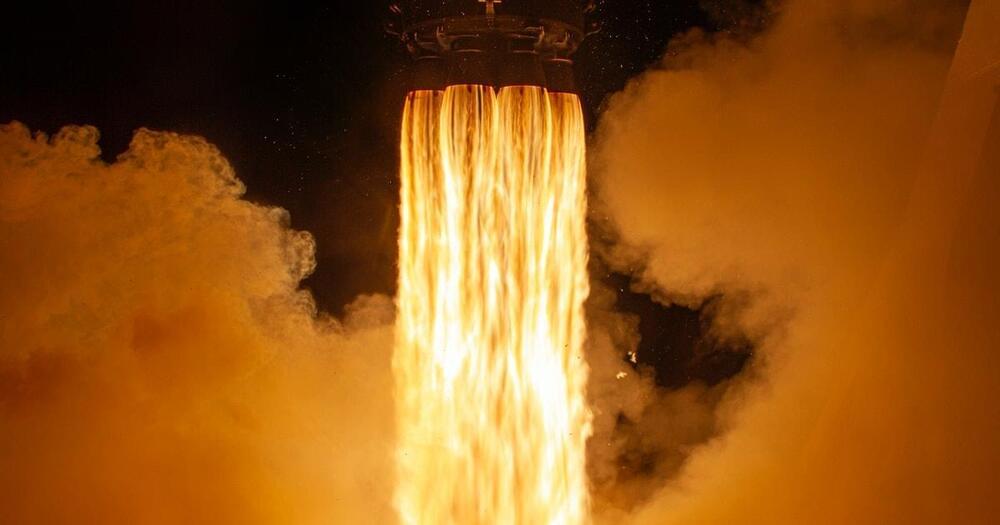
We will soon need to make some difficult choices.
Given current trends, that number will be reached within a year or so. There are ways to mitigate the effect of these streaks. Painting the satellites and adding reflective panels could reduce their brightness, particularly at infrared wavelengths that are important for near-Earth asteroid detection.
But the study points out that the mitigation strategy currently proposed by Starlink won’t be sufficient to avoid an impact on astronomy.
It is clear we will soon need to make some difficult choices about satellite Internet. While it could broaden human connection to even the poorest and most remote regions of the world, it could also destroy our ability to view the heavens and more deeply understand the universe we call home.
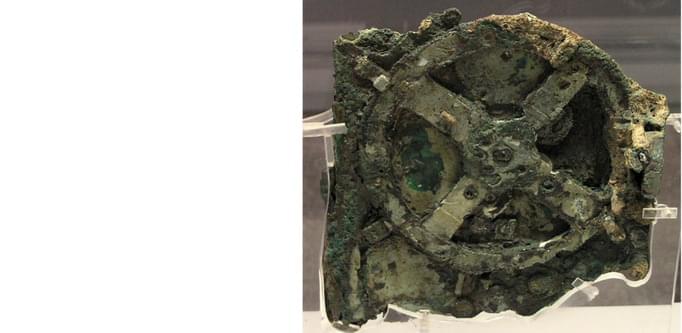
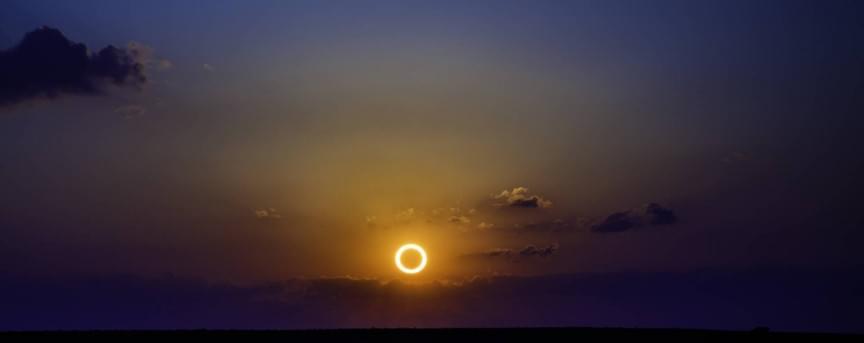
Policy experts and scientists are coming together to stop such experimentation.
Back in March of 2021, we brought you news of a study from the Bill Gates-backed Harvard University Solar Geoengineering Research Program which aimed to evaluate the efficacy of blocking sunlight from reaching our planet’s surface in order to delay the effects of climate change.
Now, more than 60 policy experts and scientists have come together to claim that these kinds of geoengineering initiatives are very dangerous for humanity, according to Phys.org.
“Solar geoengineering deployment cannot be governed globally in a fair, inclusive and effective manner,” said the researchers in a letter that was further supported by a commentary in the journal WIREs Climate Change.
“We, therefore, call for immediate political action from governments, the United Nations and other actors to prevent the normalization of solar geoengineering as a climate policy option.”
Turns out geoengineering is not all it’s cracked up to be, and experts say that it could be dangerous to play with it.
Virginia mom April Stringfield is now the owner of Habitat for Humanity’s first 3D-printed home — built in record time, thanks to new construction tech.
The massive time and money savings from 3D printing means the nonprofit is very likely to print more in the future.
The American dream: Home ownership is one of the best ways to improve your economic standing in the U.S., as it can help you build equity and improve your credit score.